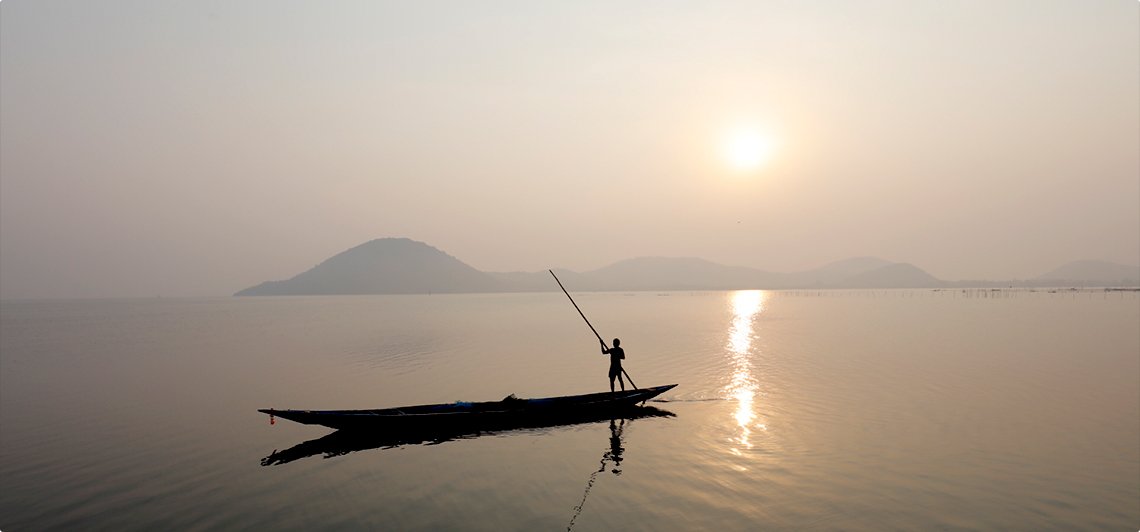Introduction: A City Built for the Divine Bhubaneswar , the capital of Odisha, is not just an administrative or urban hub—it is a spiritual epicenter of Eastern India , revered as the “Mandira Malini Nagari” (the Garlanded City of Temples). With over 700 temples , ancient shrines, and sacred ponds, Bhubaneswar has been a continuous centre of Shaivism, Vaishnavism, Shaktism , and Buddhism for over 2,000 years.
From the towering Lingaraj Temple to the mystic caves of Khandagiri-Udayagiri , Bhubaneswar represents a cosmic confluence of devotion, architecture, and philosophy . The city is not just named after a deity—it is divinity itself in stone .
Etymology: Why is it called Bhubaneswar? The name Bhubaneswar comes from “Tribhubaneswar” , meaning “Lord of the Three Worlds” , referring to Lord Shiva .
Mythological Significance:
According to Skanda Purana , Lord Shiva resided here as Ekamra Kanana , a forest of mango trees where Goddess Parvati meditated.
He manifested here as Bhubaneswar (Tribhubaneswar Mahadeva) to grant her wish, and the site became a powerful center of Tantric Shaivism .
The ancient region was originally called Ekamra Kshetra , and the Bhubaneswari Peeth is one of the central Shakti Peethas associated with it.
Spiritual Identity of Bhubaneswar Aspect Description 🔱 Presiding Deity Lord Shiva (Bhubaneswar/Lingaraj) 🌺 Shakti Aspect Maa Bhuvaneswari (divine consort and ruling Goddess of the region) 🕊️ Philosophical Schools Shaivism, Shaktism, Vaishnavism, Buddhism, Jainism 🏛️ Architecture Style Kalinga Nagara Style (Rekha Deula, Pidha Deula, Khakhara Deula) 🗿 Sacred Geography Part of Ekamra Kshetra – one of the oldest temple cities in India
🛕 Major Temples in Bhubaneswar (Ekamra Kshetra)
1. Lingaraj Temple
Presiding Deity : Harihara (combined form of Shiva and Vishnu)Built : 11th century CE by Somavamsi kingsHeight : ~180 feetSignificance : Most important temple; center of Ekamra Kshetra; sacred to both Shaivites and VaishnavitesAssociated Goddess : Maa Bhuvaneswari
2. Mukteswar Temple
Built : 10th century CEStyle : Known as the “Gem of Kalinga Architecture”Features : Arched torana (gateway), intricate carvings, tantric motifsSpiritual Value : Important for Tantric rituals and yogic symbolism
3. Rajarani Temple
Deity : No idol, possibly dedicated to Shiva-ParvatiBuilt : 11th century CESpecialty : Erotic carvings, sculptural finesse, musical motifsNickname : “Khajuraho of Odisha”
4. Brahmeswar Temple
Built : ~9th century CEStyle : Fusion of Orissan temple elements; Panchayatana planDeity : Shiva as Brahmeswar
5. Ananta Vasudeva Temple
Dedicated to : Lord Krishna (Vishnu)Built by : Queen Chandrika Devi, 13th centuryUniqueness : Only major Vaishnava temple in a primarily Shaivite cityStill offers Mahaprasad like Puri Jagannath Temple
6. Parsurameswar Temple
Period : 7th century CEOne of the oldest temples in Bhubaneswar Deity : ShivaArchitectural Note : Compact yet intricate structure with Saptamatrika images
7. Chitrakarini Temple
Dedicated to : Five female deities (Matrikas)Cultural Link : Shows prominence of feminine divine worship in Ekamra
Temples & Sites in Surroundings of Bhubaneswar Khandagiri & Udayagiri Caves
Period : 1st century BCEAssociated with : Jain Tirthankaras and Emperor KharavelaHighlights : Hathi Gumpha inscriptions, meditation chambersSpiritual Note : Important Jain pilgrimage site; seat of early asceticism
Dhauligiri (Dhauli Peace Pagoda)
Period : 3rd century BCEEmperor Ashoka’s Kalinga War site Now houses : Shanti Stupa (Peace Pagoda) built with Japanese collaborationRiverbank : Daya River, where Kalinga War was foughtRelevance : Marks Ashoka’s transformation from conquest to compassion (Buddhism)
Maa Bhuvaneswari – Divine Shakti of Bhubaneswar Who is Maa Bhuvaneswari?
Fourth of the ten Mahavidyas in TantraRepresents the queen of the Universe (Bhuvaneswari = “Mistress of the Worlds”)
In Bhubaneswar, she is believed to be the presiding Goddess of Ekamra Kshetra and spiritual consort of Lord Lingaraj
Her shrine lies inside the Lingaraj Temple complex , revered during major Shaiva festivals
Spiritual Significance
Associated with creation, divine order, nurturing energy, and sovereignty
Offers cosmic motherly protection to the entire Kshetra
Worshiped as the core Shakti Peetha of Odisha’s Shaiva-tantric tradition
Spiritual Circuit Around Bhubaneswar Temple / Site Location Highlights Lingaraj Temple Central Bhubaneswar Massive Shaiva shrine Bindu Sagar Lake Near Lingaraj Believed to contain drops from all holy rivers Kedar Gouri Temple Old Town Mythical romance of Shiva-Parvati Kapileswar Temple Near Lingipur One of the Panchakrosa shrines Vaital Deul (Khakhara Style) Near Bindu Sagar Tantric architecture; Goddess Chamunda Yameshwar Temple South of city Shiva as Lord of Time Chausathi Yogini Temple (Hirapur) ~15 km from city 64 Yoginis in a circular open-air shrine; Tantric Shakti site Bharati Matha, Bhaskareswar Temple Various old town sites Guardian temples of the region
Best Time to Experience Bhubaneswar Spiritually Festival Experience Shivaratri Grand celebrations at Lingaraj Temple Ashokastami Rath Yatra Lingaraj taken to Rameswar temple (mini version of Puri Rath Yatra) Kartika Purnima Ritual baths at Bindu Sagar Durga Puja / Navaratri Special pujas for Maa Bhuvaneswari and Yoginis
🛕 Why Bhubaneswar is Called the Temple City of India
Over 700 ancient temples within city limits
Continuous temple-building tradition from 7th–13th centuries
Represents three major streams of Hinduism : Shaivism, Vaishnavism, and Shaktism
Spiritual geography rooted in Ekamra Kshetra tradition
Harmonious blend of ritual, tantra, architecture, and sacred urban planning
Feature Detail Name Meaning Bhubaneswar = Lord of the Universe (Shiva) Ancient Name Ekamra Kshetra Core Deities Shiva (Bhubaneswar/Lingaraj), Maa Bhuvaneswari Prominent Architecture Kalinga Temple Style Famous Temples Lingaraj, Mukteswar, Rajarani, Brahmeswar, Ananta Vasudeva Associated Religions Shaivism, Shaktism, Jainism, Buddhism, Vaishnavism Nearby Sites Khandagiri, Dhauli, Yogini Temple Unique Title “Temple City of India” UNESCO Interest Zone Ekamra Kshetra nominated for UNESCO World Heritage






Leave a Reply